 We were tending to the stephanotis vine in the garden when a passerby asked if he could have some stephanotis flowers.
We were tending to the stephanotis vine in the garden when a passerby asked if he could have some stephanotis flowers.
The stephanotis? Ooo, tough one, I thought. It was that precious. Then came the punchline. “It’s for my daughter’s wedding bouquet. She loves stephanotis,” the stranger added.
How could we say no to that? And so we arranged for him to pick up some waxy blooms that weekend. That was one happy man who walked away with his bounty that day.
Like this stranger’ s daughter, my mother too had stephanotis in her bridal bouquet (decades ago) and so did Lady Di as well as millions of other brides.
So when it flowered for my sister’s wedding, I added arranged some in her bouquet; at least I think I did, lol.
There is a purity about the ivory coloured, star-shaped flowers that make them highly sought after for weddings. The beautiful waxy flowers are also fragrant and long-lasting.
 We used to have a few vines which scrambled all over our fence. There were large seed pods too, much like mangoes.
We used to have a few vines which scrambled all over our fence. There were large seed pods too, much like mangoes.
Then one day, a couple of months ago, my mother gave them a hard pruning, a really hard pruning. The stephanotis failed to recover from that and dwindled into nothingness. There’s no point crying over spilt milk but I was sorely tempted to.
 Thankfully, a very good friend came to the rescue by sending me a bunch of fresh seeds. And joy, o joy, all the seeds germinated.
Thankfully, a very good friend came to the rescue by sending me a bunch of fresh seeds. And joy, o joy, all the seeds germinated.
I know it’ll be a while before I can touch their blooms and sniff their perfume, but then the stephanotis is something well worth waiting for.
………………
Care and propagation: Partial to full sun, rich well drained soil, water moderately; propagate using seeds and cuttings.



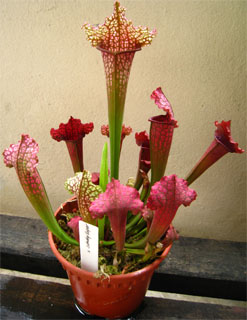
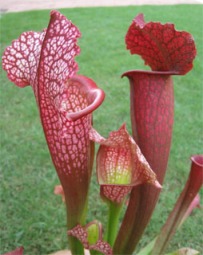





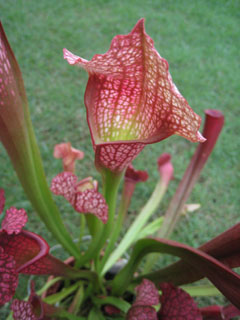
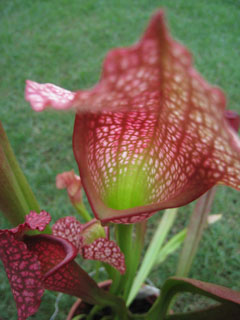


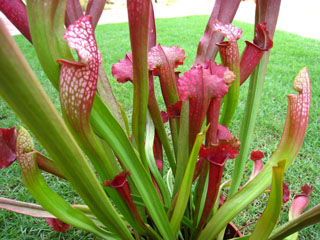












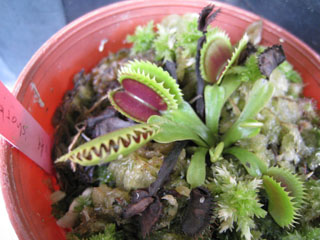





















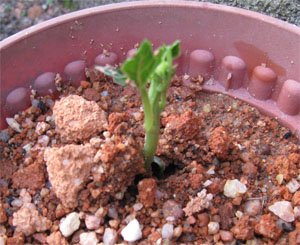
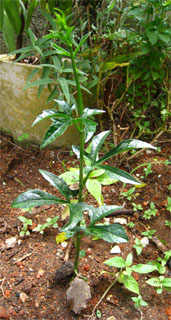
 I wasn’t sure if I was looking at a male or a female flower. I was just happy to see it bloom.
I wasn’t sure if I was looking at a male or a female flower. I was just happy to see it bloom.





















